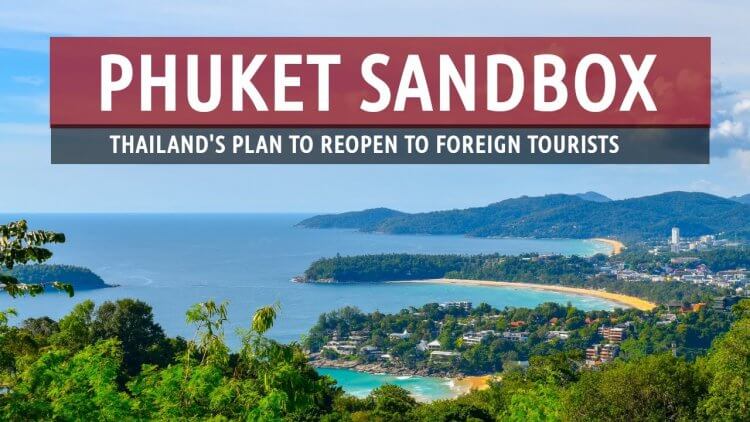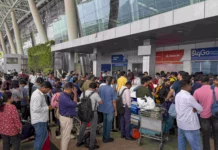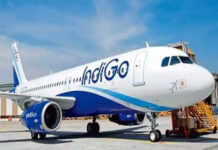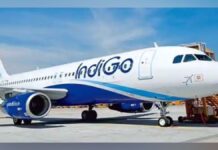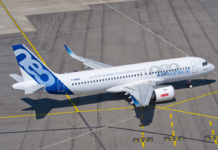SINGAPORE: Thailand opened up its resort island of Phuket on July 1 to vaccinated foreign tourists in the first test of how travel in the immediate post-COVID era might look like. Many tourism-dependent countries that have sealed their borders since the start of the pandemic are looking on to see if this is a template they can copy.
Unfortunately, within a week of its opening, on July 7, a foreign visitor from the United Arab Emirates was reported to have tested positive for COVID-19 and faces 14-days in a government quarantine facility, curtailing his dream of holidaying on the sandy beaches of Phuket.
Based on Thailand’s Ministry of Tourism and Sports data, almost 2 million Indians visited Thailand in 2019 making them the third-largest group of foreign nationals to visit the “land of smiles” that year. Just a year before, in 2018, Indians made up the sixth-largest group of foreign visitors. It is a massive jump from 2008 when 537,000 visited and Indian arrivals was ranked 11th.
That Thailand is an attractive tourist destination is not a surprise. It has pristine beaches and clear blue waters as well as natural hillside beauty in the North. It is culturally unique with thousands of mystical and ornate temples and one of the most naturally friendly and welcoming peoples on the planet. Not to mention its exciting nightlife for those looking for a bit of fun, and delectable cuisine.
When COVID started to spread in the country last year, the government progressively introduced increasingly stricter measures to control the outbreak. It eventually led to the suspension of commercial flights that effectively prevented foreigners from entering the country from April 4. With 20 percent of Thailand’s GDP tourism-dependent, it put an almost equal proportion ofThais into financial peril. A United Nations report titled “COVID-19 and Tourism”, said Thailand could stand to lose USD 47 billion due to the contraction of this sector.
To alleviate the plight of the tourism industry, the Thai government introduced stimulus packages worth 22.4 billion baht (USD689 million) in June 2020. The packages were designed to boost domestic travel by providing subsidies for flights, car rentals, bus fares, hotel accommodation, food, and use of facilities at tourist destinations. Funds were also allocated to support domestic holidays for more than one million healthcare workers and volunteers from sub-district hospitals, to show appreciation for their frontline service in combating the coronavirus.
The Phuket sandbox experiment on Thailand’s most popular tourist island which received about 10 million visitors in 2019, if successful, will be rolled out to the rest of Thailand. Since its re-opening, more than two thousand overseas travellers have entered Phuket; one has tested positive.
Based on the Phuket sandbox scheme, fully vaccinated visitors from medium and low-risk countries can enter the island without the need for a cumbersome 14-day quarantine. They must, however, take a pre-departure Covid-19 test within 72 hours before leaving their country, have been in that country for at least 14 days, apply for a certificate of entry at a Thai embassy, wear masks in public, have travel insurance worth USD100,000and download and use a mobile phone app for contact tracing purposes.
Upon arrival, they have to test negative in Phuket for the virus, take another test after a week and a third test if staying for two weeks. With Covid-19 tests costing between 3,500 to 4,900 baht (USD107 to USD150) each, the costs of the tests can really add up and budget-conscious travellers may just give up the idea of travelling to Phuket altogether.
Visitors are only allowed to move around freely on the island after testing negative upon arrival, a result which is usually known within 24 hours. Thereafter, after another 14 days, they are allowed to travel to other parts of Thailand without restrictions.
While the rest of the country is still struggling with vaccination delays and containment of a fresh outbreak of COVID-19, Phuket residents have been given priority access to vaccinations. Prior to the start of the sandbox programme, the plan was for at least 70 percent of Phuket’s 500,000 population to have been fully inoculated against COVID-19.
Tourism officials forecast that about 100,000 foreigners will visit Phuket by September of this year generating 8.9 billion baht (USD 274 million) in revenue. With the current period being the monsoon rainy season, officials are realistic about the number of visitors to the island but expect that arrivals will gradually pick up towards the end of the year.
If the sandbox scheme is successful, Thailand is hopeful that it will lead to the re-opening of other islands and eventually the rest of the country.
An interesting development that has been observed is that some Thais who have been overseas for a while are using the sandbox programme to return home without having to be stuck in a dreary government-appointed quarantine centre. They do not mind staying in Phuket for 14 days as they are able to stay at better quality accommodation and freely move around the island before transferring to their final destination in another part of the country.
The travel industry in Phuket is embracing of the sandbox scheme as a lifeline and feels it offers a solution that balances the health and safety of residents and visitors and at the same time allows the local economic activity to resume. Frederic Varnier, managing director of Anantara Hotels in Phuket was quoted by The Financial Times as saying, “If we don’t open soon, forget about COVID — we are dead of starvation.” (ANI)

